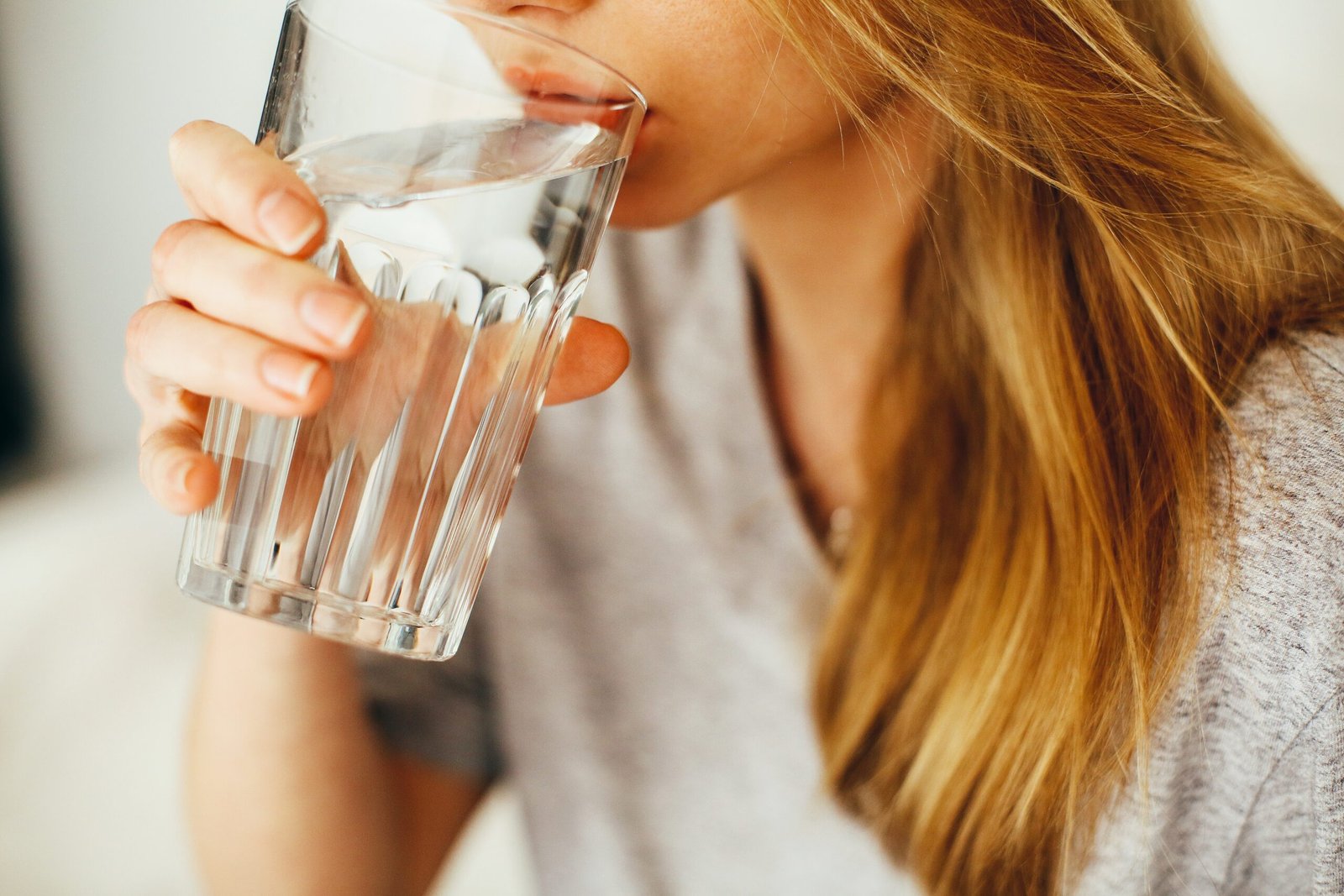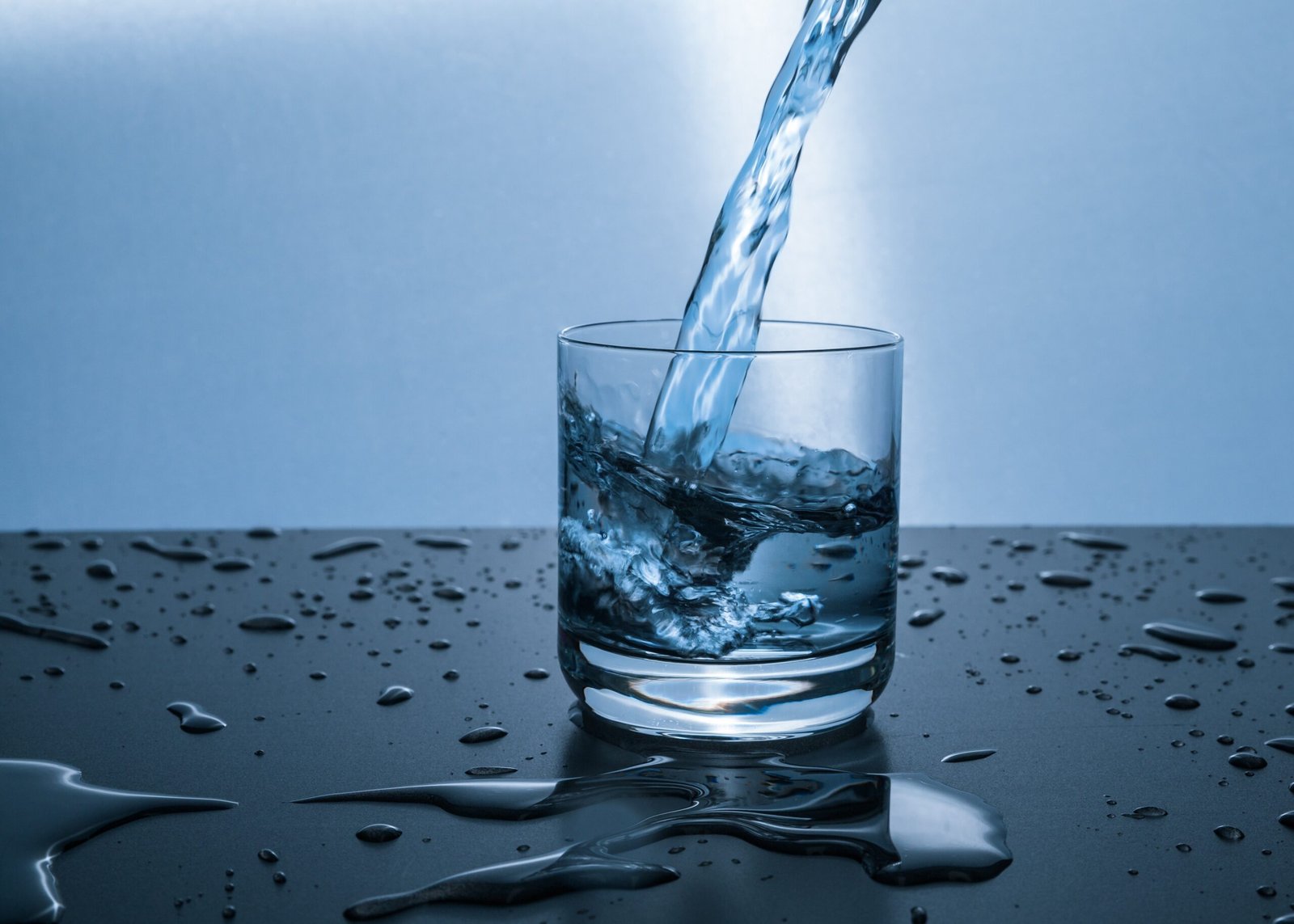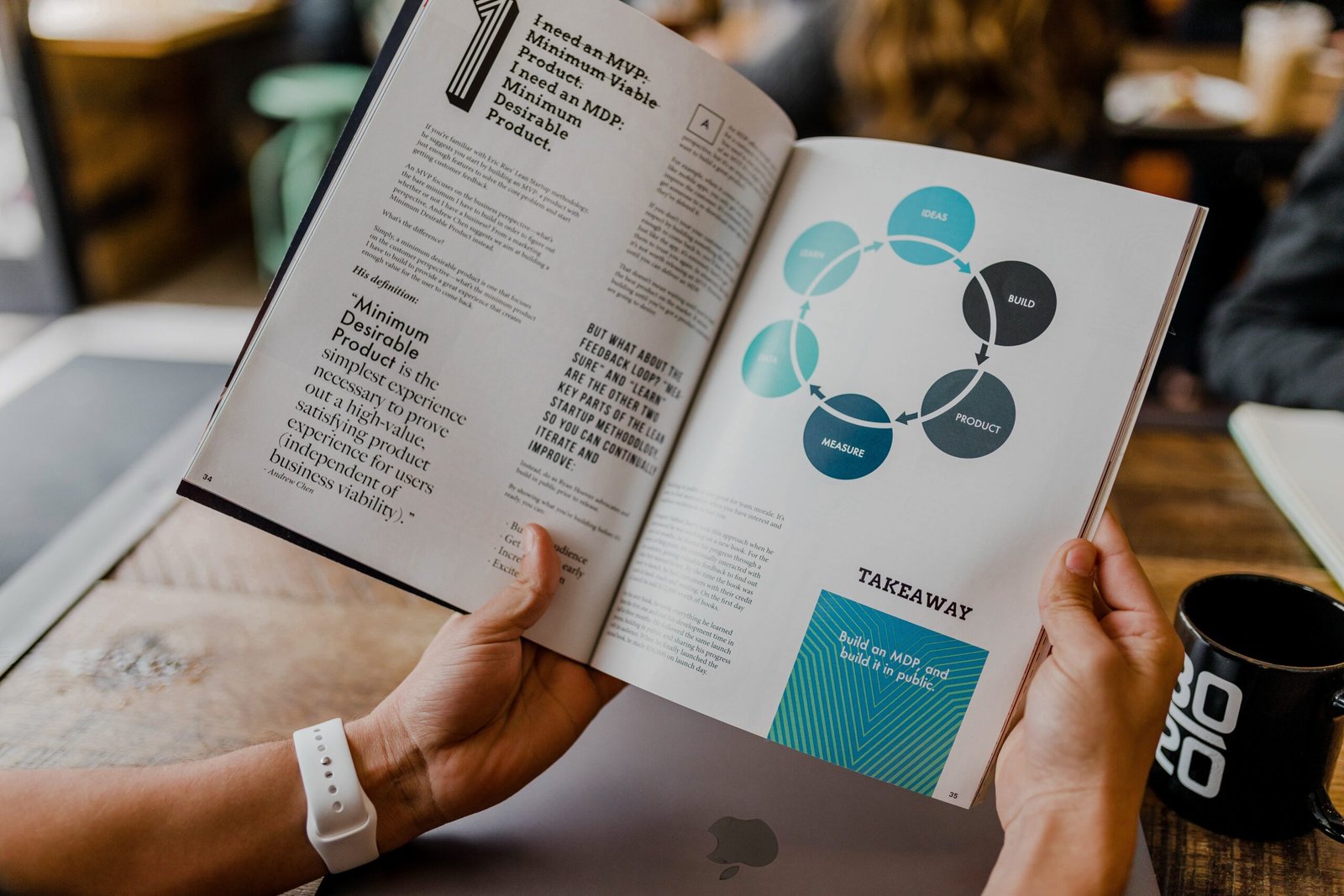
How To Deal With Toxic Contaminants In Your Drinking Water
Water in its original state is known to be pure, but it can easily get contaminated by organic materials, chemicals, man-made pollutants, and toxins.
Since water bodies share the same space with harmful and toxic substances, both man-made and natural, contamination happens quite easily and often.
There are many water purification methods for dealing with toxic contaminants in water for both small and large-scale treatment.
Here are five water treatment methods that you need to know:
1. Reverse Osmosis
Reverse osmosis (RO) is a water treatment process where water is demineralized or deionized by using high pressure to push water through a semipermeable reverse osmosis membrane. This way, the harmful substances in the water cannot go through the semipermeable membrane. Then pure water rid of toxic contaminants is then collected.
This method is one of the best methods of water purification for commercial and industrial water, as it removes 90 to 99 percent of all contaminants in the water.
2. Water Filtration
Filtration is another super effective water treatment method, especially when using the correct multimedia filters. It is capable of ridding the water of harmful compounds completely. This method combines both physical and chemical processes to purify water and keep it safe for consumption. The water filtration system removes small and large harmful substances in the water with a simple and fast filtration process.
This method doesn’t reduce the mineral salt in water, so it is considered to be healthier than other methods of water purification. The filtration system is considered to be more effective than reverse osmosis when it comes to ridding water of small compounds like pesticides and chlorine. Plus, the filtration method is cheaper as it doesn’t waste too much water during filtration.
3. Distillation
The distillation purification method collects pure water in the form of vapor as the water is being heated. This method works because water has a lower boiling point than other contaminants and disease-causing substances that can be found in water.
For this process to work, water is subjected to heat till it reaches its boiling point and becomes vapor. During this process, the vapor is directed into a condenser to cool. After cooling, the vapor then returns to its liquid state, clean and rid of toxic substances.
So, the toxic contaminants that were in the water before the distillation process remain in the container as sediments because of their high boiling point.
The distillation process of water purification is effective for removing bacteria, germs, mercury, arsenic, lead, and so on. This method is not suitable for large-scale water purification, as it is a slow process and it requires a heat source to work.
4. Chlorination
Chlorination is a method that has been in use for many years, and it uses powerful chemicals to treat water for home consumption. This method uses chlorine to purify ground or tap water, and it kills germs, parasites, and other harmful elements in the water.
The chlorination method is cheap and easy to use for treating water for home consumption.
However, chlorine should be used with care, whether liquid chlorine or tablet chlorine. People with thyroid issues need to consult their doctor before using the chlorination method for the treatment of their water.
Tip:
put the chlorine tablets you want to use in hot water before starting the chlorination process. Chlorine tablets dissolve well in the warm water of 21 degrees Celsius and above, and this reduces the risk of any side effects on your body.
5. Boiling
This method is both cheap and safe, as there are no complications and the heating source is cheap. To use this method for water purification, first, collect water from your preferred source. Then heat the water till it reaches boiling point, then leave it at rolling boil for up to 3 minutes. After this, store the water in a clean and airtight container or dispenser to prevent dirt and germs from getting into it.
Tip:
people that live in high-altitude areas need to boil their water for a longer time compared to lower altitude areas. This is because water takes longer to reach boiling point as it boils at a lower temperature in high-altitude areas.
Contaminated water can cause sickness and diseases when consumed. The effect of consuming contaminated water can be life-threatening since it may harm the kidney, liver, and other vital organs in the body.
So the treatment and care for our water bodies should be prioritized by individuals, corporations, and the government. So, make it a habit to always confirm that your water is pure or treated before you drink it, cook with it, and even bathe with it, etc.










